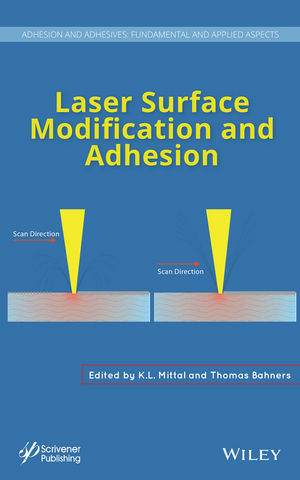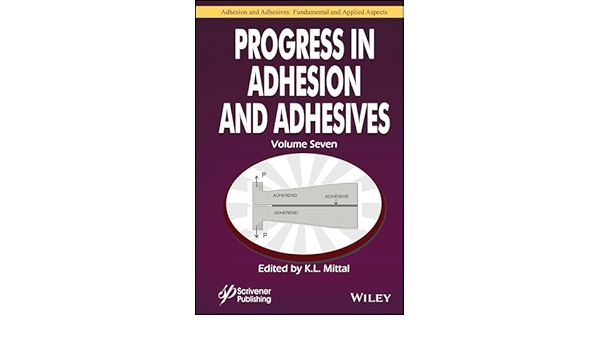Ask Dr. Dave: November 2012

QUESTION: We are attempting to bond and seal a small steel casting onto a steel plate. The casting is basically like a washer, in that it has a bolt passing through it, and the nut is tightened down so tightly that the steel plate bends a little. We currently weld these castings to our plates. While that method has worked for many years, we are exploring other options.
The first reason we want to switch is because corrosion often builds up behind the casting, which causes unsightly rust streaks to form down the plates. In addition, a “weld-free” plate is a marketing feature.
We have been experimenting with a two-part acrylic adhesive without success; in many instances, the castings have fallen off. The problem seems to occur once the bolt is tightened. In a recent analysis, we tested every casting before it left the fabrication plant, and they all held on properly. After the machine ran for a few weeks and the tension assembly was loosened, all of the castings fell off.
Is it possible that the deflection in the plate is somehow compromising the bond? It does not appear that we need a great degree of shear strength, as the part is almost entirely in compression. Instead, it seems like we only need an adhesive that is strong enough to hold the weight of the casting and provide a degree of sealing.
ANSWER: Your problem is likely caused by the fact that you allow the adhesive to cure before tensioning the joint. The cured adhesive is then acting as a washer and does not have enough strength to resist the very high compressive force you are putting on it. You may be able to solve the problem by tightening the nut while the adhesive is still in its liquid uncured state; this may necessitate a slower-curing adhesive.
However, if you loosen the assembly and then re-tighten it, you may have the same problem. The best solution may be to build a spacer into the bond line so there is metal-to-metal contact and thus no compressive forces on the adhesive. I have a customer who bonds 12 x 12-in. steel plates to a steel tank, and he welds four small washers in the corners to create a controlled 2 mm gap. The only stresses on the adhesive are then tensile shear from the weight of the plate.
Any views or opinions expressed in this column are those of the author and do not represent those of Adhesives & Sealants Industry, its staff, Editorial Advisory Board or BNP Media.
Looking for a reprint of this article?
From high-res PDFs to custom plaques, order your copy today!








